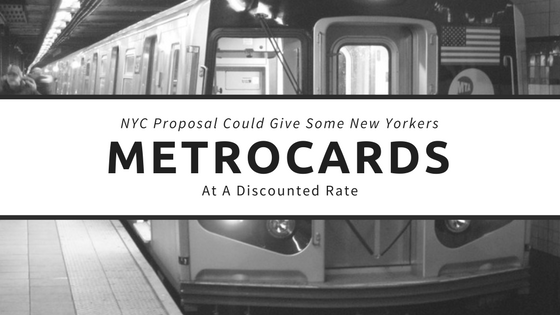Recently, the New York City Council released a proposed budget that included a section for $212 million for funding “Fair Fares”. This proposed program would give New Yorkers the ability to obtain half-priced MetroCards to citizens within the city whose income falls below the poverty line ($23,339 for a family of four). If this program passes along with the proposed budget, it would allow around 800,000 New Yorkers to save about $726 a year.
The Council created and released their budget in response to Mayor Bill de Blasio’s preliminary budget which he made public in February of 2018. This idea is not new and was actually first proposed by the Community Service Society of New York.
A rally held at City Hall this month rooted in the “Fair Fares” coalition, consisting of over 60 organizations helped to give more light to the idea. Rumored 2021 mayoral candidate Corey Johnson noted that rent, food, and Metrocard fares have increased over the years paired with wages decreasing or stagnating among New Yorkers.
Discounted public transportation for locals is not a foreign concept. Other cities like Seattle, San Francisco, Denver and even Toronto have a similar program in place. Especially with 22 percent of New Yorkers currently living in poverty, this could be a massive financial relief for many citizens. As well, the city’s overall budget has grown from $86 billion to a projected $88 billion starting in July. The proposal is also supported by 44 of the 51 council members.
Many believe that this program can be a step in the direction of directly addressing the issue of poverty in the city which many are prevented from going to school, getting jobs, or seeking employment if they are unable to pay for train fares.
Mayor de Blasio proposed a millionaires tax on wealthy New Yorkers that would then allow for the financing of subway repairs as well as reduced fares for low-income New Yorkers. He went on to comment on the Fair Fare program stating, So I understand the City Council wants to achieve something noble, but it’s going to be a very straightforward conversation with them about the actual money we have available and how far it will reach.”
